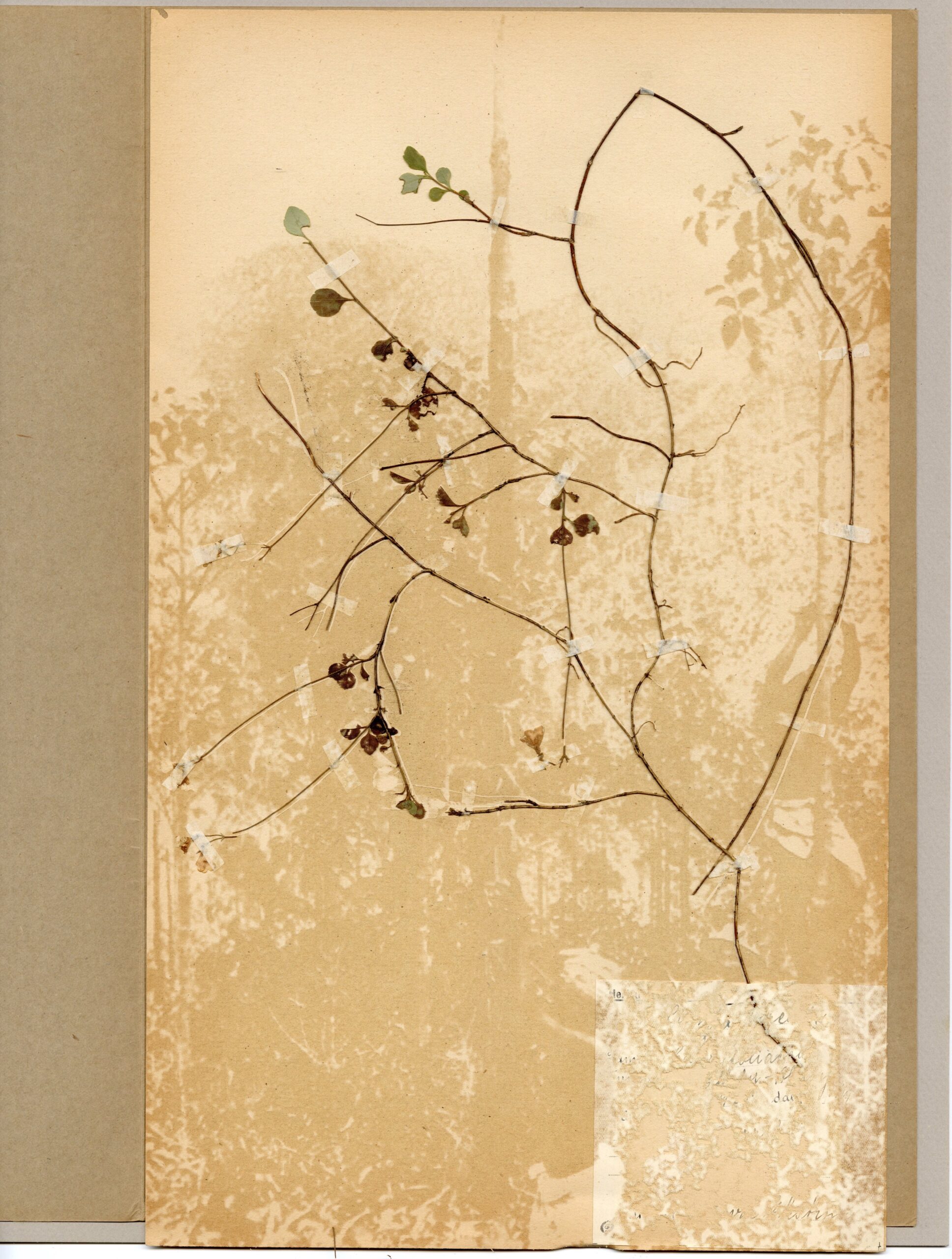TJ Shin: Malaria, Devouring Mother
January 25, 2023
(echos 49 times)
Autobiography of Death by Kim Hyesoon
Translation by Don Mee Choi
Today the garden is a swamp. The garden is the life of muddied waters, the shrapnel of drones, the hum of something not quite like you, and losing yourself to what can’t be helped. The garden is an invitation to fall into someone else’s rhythm—to listen between the lines of devotion, dispossession, and deviation. Without metaphor, the map, the garden—where does one lie?
– Anna Cho-Son
Decay comes from all points of the compass. What, if anything, is immune to decay? What ceases to continue and embalms without time? If death happened to touch upon a soul, its body would rest on the ground, feeding the threads of vegetation, mats of our habitation besmirched back into the consuming body. Decay is the grave of Osiris. And it births itself back to life. Decay is an eternal visitation that reincarnates in metamorphosing shape and form.
Decomposing rocks, aquatic plants, fluvial life, rotting matter, verdant greens, crawling invertebrates, refuse from indigo, moldy bed sheets, stale mushrooms, dusty old books.
MacCulloch counseled against wet woods, moist meadows, fetid swamplands, and marshy spots that form malleable clay and pathologies. The mercurial spirit was a vaporous substance of a particularly moist character composed of poisonous breath. Of muck, it could travel as a fragrant breeze blowing towards town at sunrise, mingled with the mist of effluvia in linear and horizontal, capricious and curvilinear paths. The clod of earth and vegetation could lie hidden in a body and manifest decades after ingestion. He spoke of the “Angel of Death” that could kiss the lips of victors and dig the grave of armies. Malaria was nothing less than the soul of the world, prima materia, fifth element of the cosmos, the anima mundi that united all living beings. Decay that transcended corporeal form went by many names, such as er (air), aether (ether), flos aeris (flower of the air), vapor, and fumus (smoke). Alchemists interpreted prima materia as a form of pregnancy, fetus spartacus from which this alchemistic fetus, also known as Eva or filia (daughter), was conceived. If malaria is Mother, every clay-dwelling critter is her dependent and redeemer, consumed by the impregnated waters for her own integrity and symbolic self-completion.

Alchemists also believed that the corpus of prima materia was an impure, obscure mass, enclosed in the abyss of matter, and it was the alchemist’s task to expunge the soul from its chaotic substance, the anthropos (primordial man) from darkness and obscurity. MacCulloch would point to the jungles in Africa, Asia, and the Americas as notoriously malarious and insalubrious. He would advise against penetrating the rivers in Africa, the “most destructive seats of this pestilence,” and instead slipping into the desert as a military strategy. He would describe the inheritance of inhabitants who resided in marshy countries and tropical climates that resulted in the “degeneracy of the races.” He imagined a military fortress and naval powers protecting the European Kingdom from Malarial Judgment. He laid the foundation for prognosis, treatment, and cure. He became the accomplice and the beneficiary of Malaria’s order.
In a mandela, a subject occupied a central position and spiraling geometries radiated concentric states of consciousness. The circle came to describe the phenomenology of the spirit, the primordial principle thought to reveal the innermost structure of the psyche; the psychoid sphere bridging matter and matter containing the psychic plane. Form and matter each became a movement of its own integrity and self-recognition. Any opposition or bifurcation was a process of self-Othering, only to return back to itself for restoration and its own becoming.

If we are the children of malaria, we too breathe in toxin and we seethe toxicity. With that first breath, we enter an agreement with Malaria, to ingest and impart into the field of apparition of at once spiritual diffusion and atomic death. We are constantly offshoring. As we draw breath from the prima materia, living presses on the experiencing power of masochism. We are always near the presence of Mother, both torturer and victim. With every gulp and expulsion, we propagate as particles of vapor; into a large swath of the peat soil, debris of bark, the black lard of fossils, and the oil rings left on water.

As much as his non-human subjects of study were chained to the prima materia, MacCulloch too was held captive in their tautology. The non-human can not be slain, for a cure persists through its aberration. The non-living must be subjugated so MacCulloch can consume his form. The Other was the cure that defined MacCulloch’s sacrifice, the miraculous healing that endowed his malady. Malaria consisted of an epistemic circularity that reproduced the conditions that justify boundless displacement and recomposition. MacCulloch created a head and completed its tail, and ordered the two to duel, to struggle to their inexorable ends so that his very idea of lordship was not complete without his bondsman. He depended on the non-being, nothingness, to shape his form, unity, and the sense of his judgment— consciousness.

About the Artist

TJ Shin
TJ Shin (b. 1993) is an interdisciplinary artist based in Los Angeles. Inspired by decentralized ecologies and queer sociality, they create living installations and imagine an ever-expanding self that exists beyond the boundaries of one’s skin. Shin has exhibited internationally at the Queens Museum, Lewis Center for the Arts, Roots and Culture Contemporary Art Center, The Bows, Doosan Gallery, Knockdown Center, and more. Their forthcoming solo exhibition, The Vegetarian: the Swamp, the Swarm & the Cross, opens at the Buffalo Institute of Contemporary Art in January 2023.

